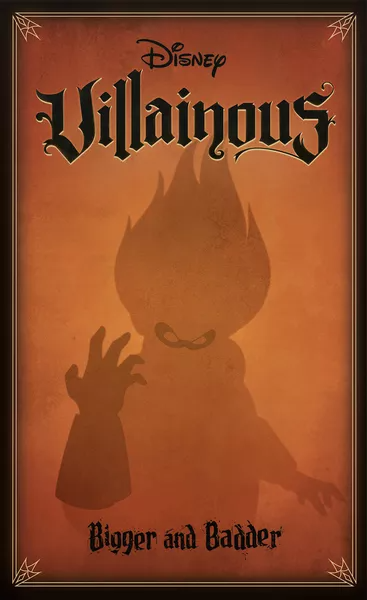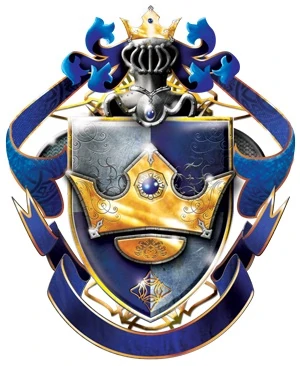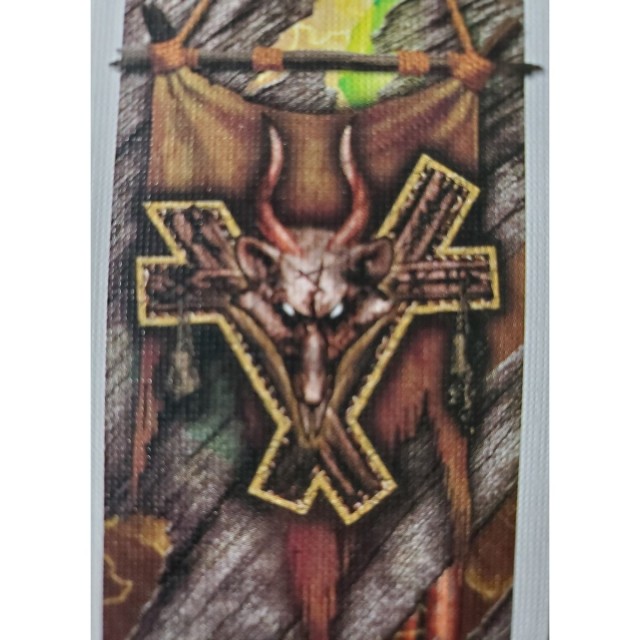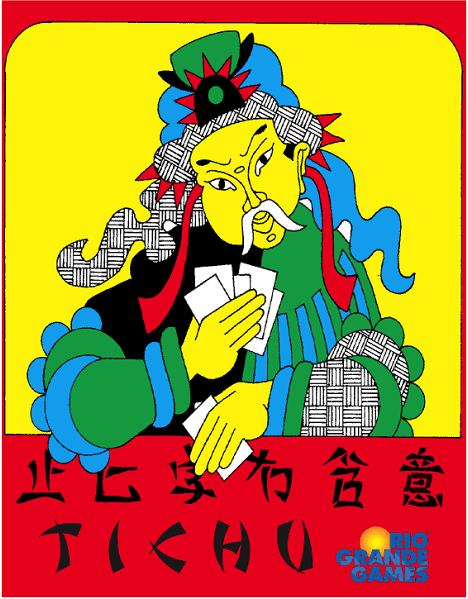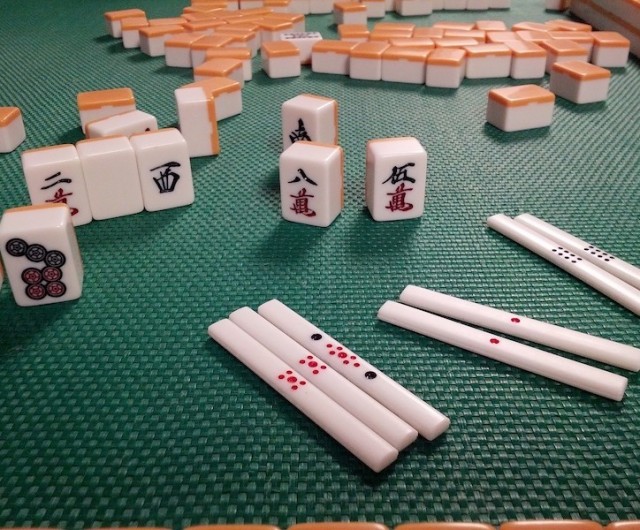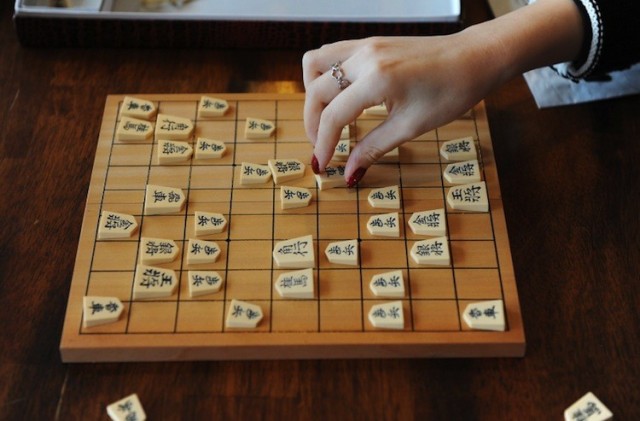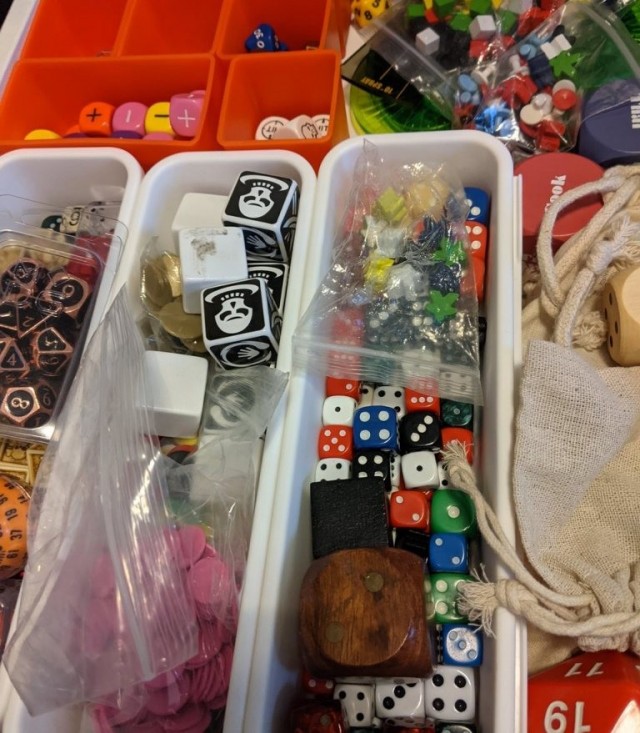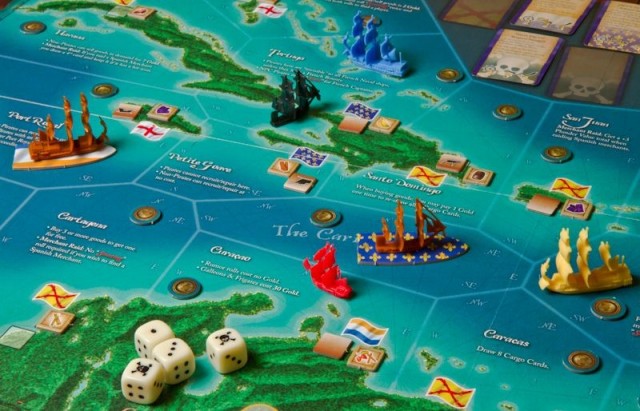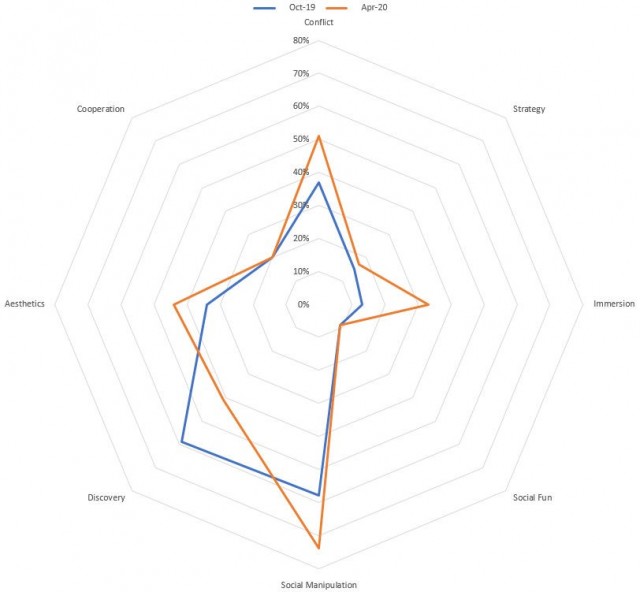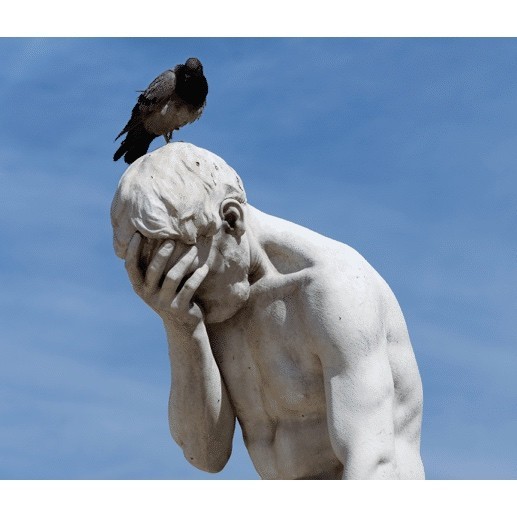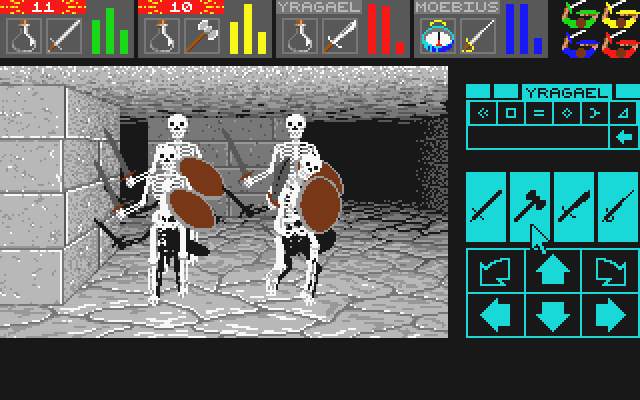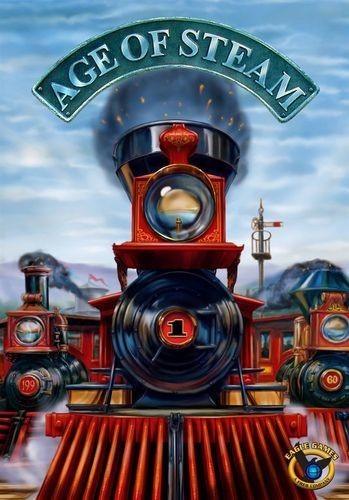 When I was in art school as a painting major I worked in the English department as part of my financial aid. The contrast between my own painting department and the other proved to be an educational experience. Painting professors would frequently challenge students as to why they thought their work was art. If a student responded that their work was art because of it involved emotional or creative expression they would be met with scorn. The professors wanted something deeper.
When I was in art school as a painting major I worked in the English department as part of my financial aid. The contrast between my own painting department and the other proved to be an educational experience. Painting professors would frequently challenge students as to why they thought their work was art. If a student responded that their work was art because of it involved emotional or creative expression they would be met with scorn. The professors wanted something deeper. In the English department the professors would be quickly annoyed whenever someone referred to writing as an art. Not an art, but a craft would be the response. The difference between the two is fine as evidenced by a quick flip through any dictionary. In fact I have an older copy of Webster’s that has difficulty defining art without using the word itself in the definition.
Lately there have been some who refer to rules design or board game production as art, and in the back of my mind I hear the screams of phantom professors bellowing in rage. I find that Americans are overly eager to slap the label of art on anything they see, and this becomes truer as our culture becomes ever more formed by commercial entities than individual contributions. I make my living designing training for a corporation (a natural jump from art school, right?) and doing so requires me to make numerous creative choices both in selecting my words and in the training’s presentation. Does this mean I create art for a living? I hardly think so. I don’t even consider the graphical elements I make to be art, and I cannot help but feel similarly when it comes to games.
Games (at least the ones I like) require many graphical elements, such as maps, cards, playing pieces, and so on. But are these elements, so often developed through drawing and painting, art? I would argue they are not, no matter what stylistic choices are made. Style is after all only style. These elements are crafted to suit a purpose; they are made to fulfill a function. If a game did not exist, neither would the visuals that accompany it. But the art argument extends beyond these elements to the creation of a game’s rules. Some argue that game design should be considered art; that designing a game and creating the experience it delivers to its participants should be considered an art form. But I envision game designers as craftsmen. They build structure much in the way a woodworker builds a chair. Much consideration and care go into a game’s aesthetics, feel, and style, but ultimately rules have a practical function.
Defining game design and production as a craft is in no way a put-down, nor does it imply that its value is lessened because of it. That’s not to say games have the same value as all other examples of craftsmanship, such as say a Salinger novel, but a well-made game is certainly worthy of admiration and respect. What is so interesting about game design as a craft is its evolution. Many of the games heralding from hobby gaming’s past, particularly many titles from Avalon Hill, are of the Old Aesthetic: the designer created rules solely for the purpose of capturing a theme. Rules existed to capture a particular “feel” the game was trying to create, such as Hamblen’s Magic Realm or Trampier and McAllister’s Titan. Certainly there are many aspects of rules design present in those games that are admirable, but so too are there elements that get in the way of either learning the game (a common issue with Magic Realm), or playing the game (such as with Titan’s battles creating excessive downtime). Games made under the Old Aesthetic often captured their themes perfectly, yet playability suffered. Jason McAllister once said in an interview that Titan was originally a wargame without end. It was an everlasting campaign that had to be altered so that players could reach some sort of conclusion. All of this changed of course with the rise of the Euro game.
The New Aesthetic rejected the indulgences of older designs, and instead focused on the mechanics of a game. Rules were streamlined to enhance playability and to reduce playing time. Now a game’s theme was built around its rules, and no longer burdened by a need to create levels of simulation the games of the New Aesthetic felt sleeker. Players took notice and soon terms like ‘elegant’ were being used to describe game rules. Teuber’s Settlers of Catan ushered in a new era of gaming, and before long other games followed suit, and rules became even more streamlined, more abstract, and sometimes players could count the number of mechanics in a game on one hand. Formulas replaced luck where possible.
One marked difference between the Old and New Aesthetic is the level of self-awareness involved. While certainly gamers fawned over designers like Gygax and Arneson, the internet made designers more aware of popular perception of their games, and the styles they utilized. Where before designers used rules as means to an end, with the New Aesthetic they became more aware of their craft, thought of it as a craft, and treated it as such. The end result is something gamers have benefited from, though they often don’t realize it: selection. Like a customer perusing a selection of finely made dining room sets, gamers are able to choose not only well-crafted games, but games that suit their needs, style and tastes. And as aesthetics develop over time, so too do games improve. Ameritrash games crashed and burned with Avalon Hill, but gradually adapted to changes in popular aesthetics and have benefited enormously from Euro design. Most recent Ameritrash games bear traces of the New Aesthetic whether it is subtle or not. Android is an obvious example, but so too is Battlestar Galactica and its color-coded skill cards and high level of abstraction. Euro games are adapting more quickly than Ameritrash games did, and are starting to incorporate more thematic elements in their rules, nor just their graphics. Pandemic and Agricola both do this.
While hobby gaming is still relatively young, game design has seen more rapid growth than other forms of craft, largely in part due to the internet. While the craft of writing is almost as ancient as our species, it took great stretches of time for it to become self-aware. Hobby gamers are now witnessing the rise of the Mongrel Aesthetic, an amalgamation of what came before. This will be the most short-lived of its forms, but will likely produce a large number of excellent games before it yields to the “next big thing”. What is important now is that gamers not confuse game design with art. Such a notion can only hurt the hobby with its high-mindedness, and can only lead to further ridiculous interpretations (“Since the game experience can only occur with players, the players themselves are also creating art.”). The creation of games is a craft. It is a marvelous medium allowing creative expression from its creators, and an engaging way for people to both interact and mentally challenge themselves and others. And that should be good enough.
 Games
Games How to resolve AdBlock issue?
How to resolve AdBlock issue? 
